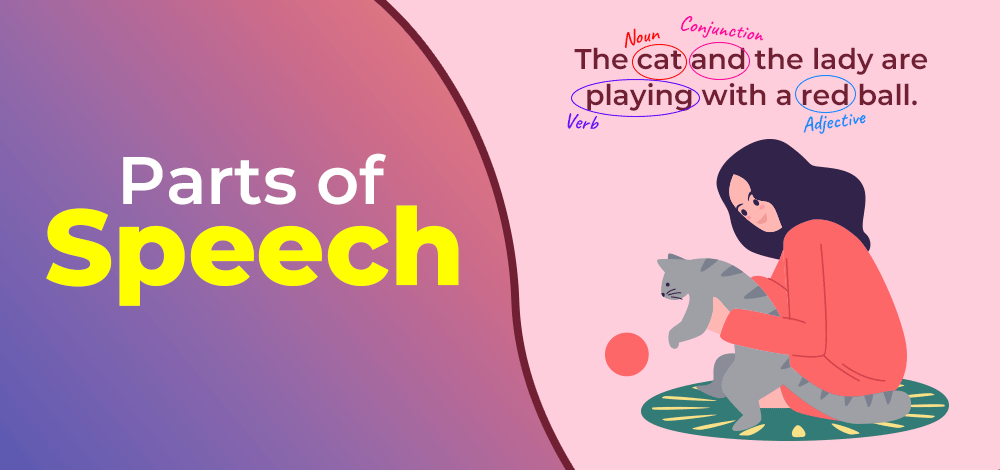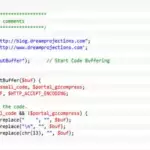Parts of Speech With Examples – Understanding the Parts of Speech Along A Guide with Examples
Language is composed of various building blocks that help us communicate effectively. One of the fundamental concepts in grammar is understanding the different parts of speech. Each part of speech plays a unique role in forming sentences and conveying meaning. In this guide, we’ll explore the eight primary parts of speech with examples to illustrate their usage. #PartsofSpeechWithExamples
1. Noun – Parts of Speech With Examples
A noun is a word that names a person, place, thing, or idea.
Examples:
- Person: Sarah, doctor, child
- Place: Paris, school, park
- Thing: book, table, car
- Idea: love, freedom, justice
2. Pronoun
A pronoun is a word that takes the place of a noun in a sentence.
Examples:
- Personal pronouns: I, you, he, she, it, we, they
- Possessive pronouns: mine, yours, his, hers, ours, theirs
- Relative pronouns: who, whom, whose, which, that
3. Verb
A verb expresses action or state of being.
Examples:
- Action verbs: run, jump, write, eat
- Linking verbs: is, am, are, was, were
- Helping verbs: can, will, must, should
4. Adjective
An adjective modifies or describes a noun or pronoun.
Examples:
- Descriptive adjectives: red, tall, beautiful
- Quantity adjectives: many, few, several
- Demonstrative adjectives: this, that, these, those
5. Adverb
An adverb modifies or describes a verb, adjective, or another adverb.
Examples:
- Adverbs of manner: quickly, slowly, well
- Adverbs of time: now, later, yesterday
- Adverbs of frequency: often, rarely, always
6. Preposition
A preposition shows the relationship between a noun (or pronoun) and other words in a sentence.
Examples:
- Common prepositions: in, on, at, under, over, between
7. Conjunction
A conjunction connects words, phrases, or clauses.
Examples:
- Coordinating conjunctions: and, but, or, so
- Subordinating conjunctions: because, although, while
8. Interjection
An interjection expresses emotion or exclamation.
Examples:
- Wow!
- Ouch!
- Hey!
Understanding these parts of speech with examples is essential for constructing clear and meaningful sentences. By recognizing and using these components effectively, you can enhance your writing and communication skills.
Remember, language is dynamic, and these parts of speech with examples often interact in various ways to convey intricate meanings. Practice identifying and using different parts of speech to become a more proficient communicator.
Advanced Parts of Speech With Examples and Usage
9. Article
An article introduces and specifies a noun.
Examples:
- Definite article: the (e.g., the car, the book)
- Indefinite articles: a, an (e.g., a dog, an apple)
Articles help specify whether a noun is referring to something specific or nonspecific.
10. Determiner
Determiners introduce nouns and function similarly to articles.
Examples:
- Possessive determiners: my, your, his, her, its, our, their
- Demonstrative determiners: this, that, these, those
- Quantifying determiners: some, any, few, many, several
Determiners provide additional information about nouns, such as possession, quantity, or specificity.
How Parts of Speech Work Together
Understanding how these parts of speech function together is crucial for constructing grammatically correct sentences. Let’s look at an example sentence and identify the parts of speech:
Example Sentence: The cat (noun) quickly (adverb) jumped (verb) over (preposition) the fence (noun).
In this sentence:
- This is a definite article.
- cat is a noun.
- quickly is an adverb describing how the cat jumped.
- jumped is a verb indicating the action.
- over is a preposition showing the relationship between “jumped” and “fence.”
- This is a definite article.
- fence is a noun.
The parts of speech work harmoniously to convey the action and details of the sentence.
Importance of Understanding Parts of Speech With Examples
Mastering the parts of speech enables us to:
- Construct grammatically correct sentences.
- Enhance clarity and precision in writing.
- Express ideas more effectively.
- Analyze and appreciate the structure of language.
Whether you’re learning a new language or aiming to improve your writing skills, a solid grasp of parts of speech with examples is essential. Practice identifying and using these components to become a more confident and articulate communicator.
In conclusion, the study of parts of speech with examples forms the foundation of grammar and language. By familiarizing ourselves with these categories and their respective examples, we can navigate the complexities of language with clarity and proficiency.
Trigonometry formulas are fundamental tools used to solve problems involving triangles and angles. These formulas relate the angles of a triangle to the lengths of its sides, providing essential mathematical relationships in trigonometry. Key formulas include the sine, cosine, and tangent ratios, which are used to calculate angles and side lengths in right-angled triangles. Additionally, the Pythagorean theorem is a foundational concept that relates the lengths of the sides in a right triangle. Understanding and applying trigonometry formulas is essential in various fields such as engineering, physics, and mathematics, where precise calculations involving angles and distances are required.





